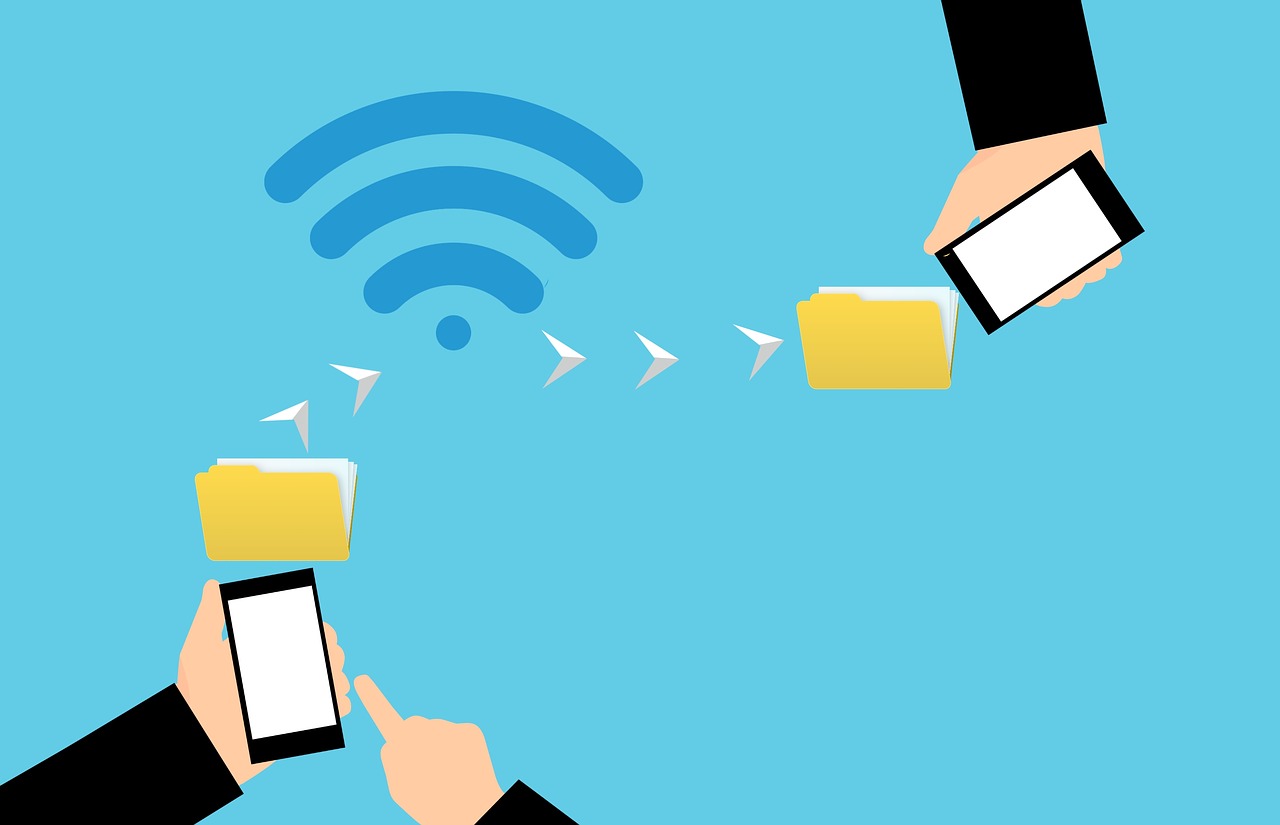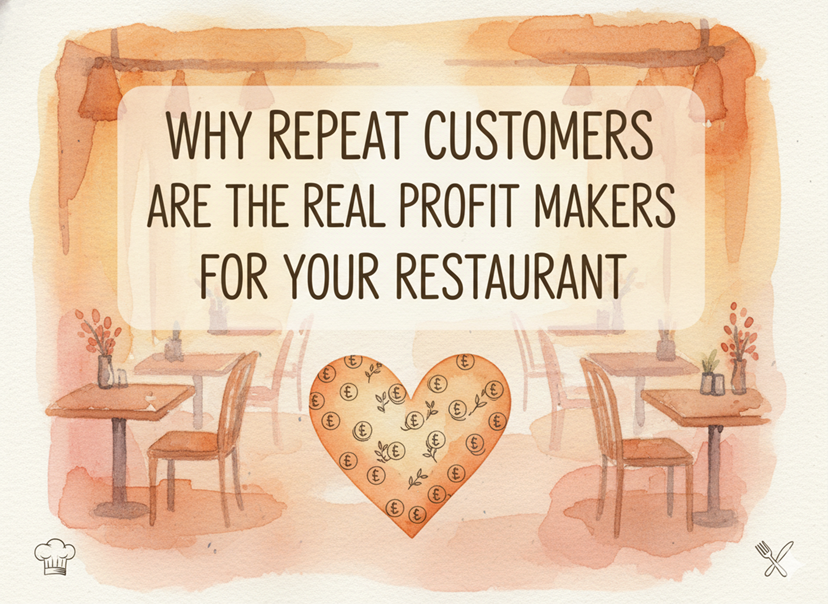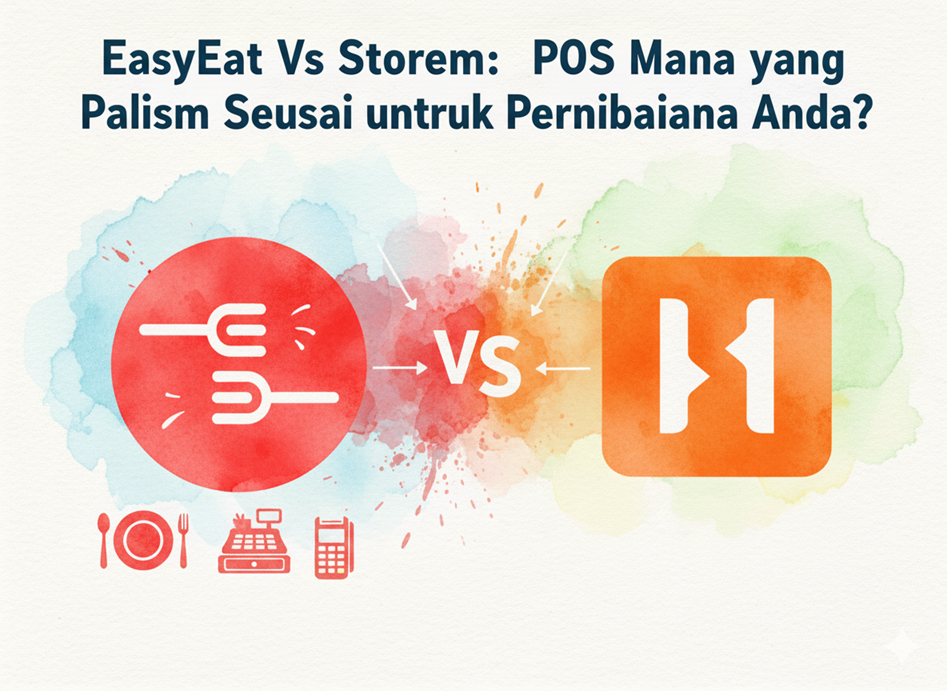In this blog, we delve into the world of Near Field Communication (NFC) technology and its transformative impact on restaurant payments. You’ll learn what NFC is, how it operates, and why it’s becoming a game-changer in the restaurant industry. From enhancing speed and security to improving customer experience and operational efficiency, discover how NFC phones, NFC cards, and NFC readers can revolutionize payment systems in restaurants, and make transactions faster, safer, and more convenient for both customers and staff.
What is NFC?
NFC stands for near-field communication and is a form of wireless communication technology that enables the exchange of data between devices over short distances, typically a few centimeters. It operates on the principles of Radio-Frequency Identification (RFID) but allows for two-way communication. This technology is integrated into many devices we use daily, including smartphones (commonly referred to as NFC phones), payment cards (NFC cards), and specialized readers (NFC readers).
How Does NFC Work?
NFC works by establishing a peer-to-peer network between an NFC-enabled device and another NFC-compatible device or tag. When an NFC phone or NFC card is brought close to an NFC reader, a connection is established, allowing for the transfer of data. This can be used for various purposes such as making payments, exchanging information, or even unlocking doors.
But today we’ll only discuss how NFC can be used in the restaurant industry to maximize productivity.
Benefits of NFC payments in Restaurants
- Speed and Efficiency
One of the most significant advantages of NFC payments is the speed of transactions. Traditional payment methods, such as cash or card swipes, can be time-consuming. NFC payments, on the other hand, take just a few seconds. This efficiency is particularly beneficial during peak hours as it reduces wait times and improves customer satisfaction.
- Enhanced Security
NFC transactions are highly secure. They use encryption and dynamic data to protect sensitive information. Moreover, the short range of NFC communication (a few centimeters) adds an extra layer of security, as it is difficult for unauthorized parties to intercept the data.
- Improved Customer Experience
Modern consumers appreciate convenience and speed. Offering NFC payment options caters to these preferences, making the dining experience more enjoyable. It also demonstrates to the customers that your restaurant is keeping up with technological advancements, which can be a selling point for tech-savvy customers.
- Reduced Contact
In the wake of the COVID-19 pandemic, minimizing physical contact has become crucial. NFC payments are contactless, reducing the need for touching cash or card terminals, and thereby promoting hygiene and safety.
- Streamlined Operations
For restaurant staff, NFC payments simplify the checkout process. With fewer steps involved, your employees can focus more on customer service rather than handling cash or dealing with card issues. This efficiency can lead to better staff productivity and overall smoother operations.
This blog explores Near Field Communication (NFC) technology and its significant impact on restaurant payments. It explains what NFC is, how it works, and why it’s revolutionizing the restaurant industry. Key benefits discussed include enhanced transaction speed and security, improved customer experience, reduced physical contact, and streamlined restaurant operations. By leveraging NFC phones, NFC cards, and NFC readers, restaurants can offer faster, safer, and more efficient payment solutions, boosting productivity and customer satisfaction.
Read more about How EasyEat’s Card terminal can be beneficial for your Restaurant




